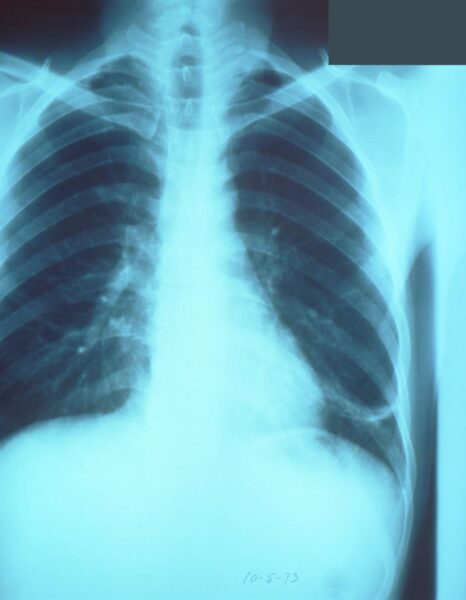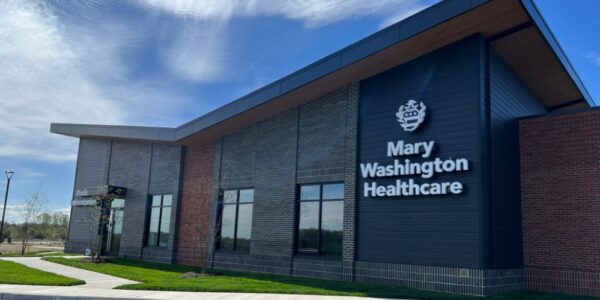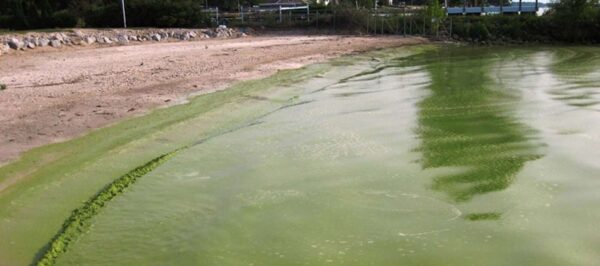Virginia health officials have confirmed the first measles case of 2025, reported in a child from the Northwest Region who had recently traveled internationally. Health officials are now working to identify anyone who may have been exposed to the disease, including individuals who visited two medical centers in Woodbridge and Fredericksburg.
The Virginia Department of Health (VDH) urges residents, particularly those in these areas, to check their vaccination status and seek the MMR vaccine if needed. Measles is highly contagious, but vaccination remains the best defense against the disease.







